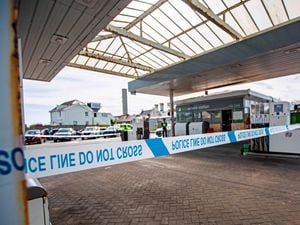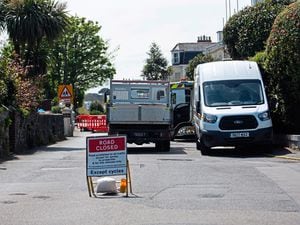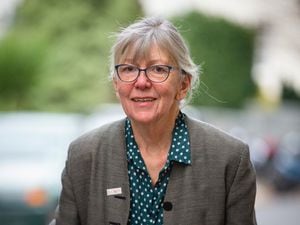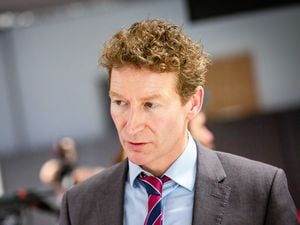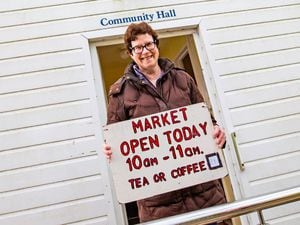Commuter traffic is 82% sole-occupancy vehicles
SINGLE occupancy vehicles made up more than 80% of the total number of car commuter journeys into St Peter Port yesterday morning, according to data collected by The Better Journeys Project.

The group was out in six separate locations around Town yesterday morning, with two volunteers recording journeys by different vehicle types at each location between 7.30am and 9am in 15-minute sections.
Some of the pairs were also joined by States members over the course of the morning, with deputies Lindsay de Sausmarez, Nick Moakes, Chris Blin and Steve Falla all attending different areas.
Group member Barrie Duerden said that the numbers that had been recorded on this occasion were reflective of the group’s previous traffic monitoring sessions, which have taken place on specific days over the last two years.
‘We’ve recorded over 6,000 journeys this time, usually it’s about 7,000 but we tend to see a 15% drop-off during the Easter holidays.’
He said that, of the total number of vehicles monitored, 56% had been cars, with 14% commercial vehicles and about 15% a combination of bicycles and pedestrians.
And of the more than 4,000 cars recorded, Mr Duerden said that 82% had been single-occupancy vehicles.
‘I’d say our data has been fairly static for the last year, there’s not been a big decrease in cars and the mix of traffic doesn’t change, but we have seen an increase in bikes and walking,’ he said.
‘My feeling however is that people have seen the roads become less congested, and as a result have started using their cars again which has meant that our numbers haven’t changed much.’
He was grateful for the attendance of the deputies, adding that their presence was important in the context of the current debate surrounding controversial planning policy GP11.
‘More property development will mean more people, will mean more transport journeys, so we need to figure out how to solve that, and I believe that doing something as simple as thinking more about your journeys and lift sharing, or using active travel is the easiest and best way to figure it all out,’ he said.
‘A 15-20% drop in the number of vehicles on our roads could be achieved quite easily and would make the island more pleasant and a better place for those who need to drive.’
Environment & Infrastructure president Lindsay de Sausmarez, who was taking part in monitoring along Les Banques by the Red Lion pub with volunteers Matt Smart and Kate Lenfestey, said that the data being collected by the group was relevant to work being undertaken by her committee.
‘It’s good, high-quality data that can be looked into for certain trends, it’s invaluable in many ways,’ she said.
‘For example, when it comes to cycling, a recent monitoring done on the Grange when it was closed showed huge numbers of cyclists using it, demonstrating that people are keen to cycle when they don’t have to mix with traffic.’
Deputy de Sausmarez said that even a small reduction in cars and other vehicles would make a huge difference to traffic flow during busier periods.
‘Ten cars take up about 50 metres of space in a queue, if even a fraction of those in single occupancy vehicles decided to lift share or use alternative transport traffic flow would improve significantly.’

